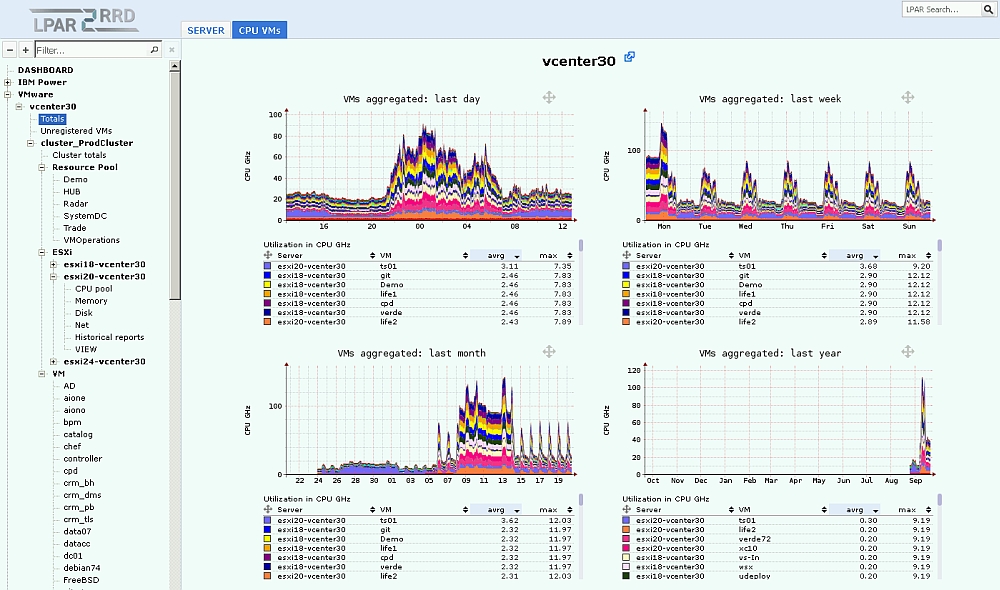
- #VMWARE ESXI 6 VM WITH 2 MONITOR HOW TO#
- #VMWARE ESXI 6 VM WITH 2 MONITOR UPDATE#
- #VMWARE ESXI 6 VM WITH 2 MONITOR DOWNLOAD#
#VMWARE ESXI 6 VM WITH 2 MONITOR DOWNLOAD#
# want Y to be returnedĬat /sys/module/kvm/parameters/ignore_msrsĬat /sys/module/kvm_intel/parameters/enable_apicvĬat /sys/module/kvm_intel/parameters/nestedĬat /sys/module/kvm_intel/parameters/ept Download vSphere Hypervisor Reboot the host, then login and run the following commands. Then in order to workaround an issue with Ubuntu, force the value for ignore_msrs echo 1 | sudo tee /sys/module/kvm/parameters/ignore_msrs Options kvm_intel nested=1 enable_apicv=0 ept=1 options kvm ignore_msrs=1 report_ignored_msrs=0 In the file “/etc/modprobe.d/nf”, set the following lines. In addition to enabling VT-x at the BIOS level, you will also need to configure it at the Ubuntu OS level.

We cannot created a nested virtualization solution without this support. Each BIOS is different but look for “Virtualization Technology” or “VT-x”. If you do not have this enabled, reboot your machine and press the special function key (F1|F2|F10|DEL|ESC|alt-S) that takes you into the BIOS. LXC: Checking if device /sys/fs/fuse/connections exists : PASSĪnd lastly, you should see a number greater than 0 coming back from cpuinfo. LXC: Checking for cgroup 'blkio' controller support : PASS LXC: Checking for cgroup 'freezer' controller support : PASS LXC: Checking for cgroup 'devices' controller support : PASS LXC: Checking for cgroup 'memory' controller support : PASS LXC: Checking for cgroup 'cpuset' controller support : PASS LXC: Checking for cgroup 'cpuacct' controller support : PASS LXC: Checking for cgroup 'cpu' controller support : PASS QEMU: Checking for secure guest support : WARN (Unknown if this platform has Secure Guest support) QEMU: Checking if IOMMU is enabled by kernel : PASS QEMU: Checking for device assignment IOMMU support : PASS QEMU: Checking for cgroup 'blkio' controller support : PASS QEMU: Checking for cgroup 'devices' controller support : PASS QEMU: Checking for cgroup 'memory' controller support : PASS QEMU: Checking for cgroup 'cpuset' controller support : PASS QEMU: Checking for cgroup 'cpuacct' controller support : PASS QEMU: Checking for cgroup 'cpu' controller support : PASS QEMU: Checking if device /dev/net/tun exists : PASS QEMU: Checking if device /dev/vhost-net exists : PASS

QEMU: Checking if device /dev/kvm is accessible : PASS QEMU: Checking if device /dev/kvm exists : PASS QEMU: Checking for hardware virtualization : PASS Many computers have it disabled by default in the BIOS. You need to make sure your CPU is capable of VT-x (virtualization acceleration), and then that your BIOS has VT-x enabled. I am assuming you are running Ubuntu and have already installed and smoke tested KVM as described in my previous article.
#VMWARE ESXI 6 VM WITH 2 MONITOR HOW TO#
I will then provide instructions for how to create a KVM virtual machine that runs VMware ESXi 6.7, and then smoke test by deploying a guest OS on top of the ESXi hypervisor. In this article, I’ll be using a bare metal server running Ubuntu and KVM as a type 1 hypervisor. Luckily, if you need to test something specific to VMware you can always run ESXi 6.7 nested inside a KVM virtual machine.

If you are running KVM on an Ubuntu server, you already have an excellent Type 1 virtualization engine.
#VMWARE ESXI 6 VM WITH 2 MONITOR UPDATE#
Update Nov 2021: I have written a newer article that deploys ESXi 7.0U1.


 0 kommentar(er)
0 kommentar(er)
